Long Island Wine Trails (Itineraries)
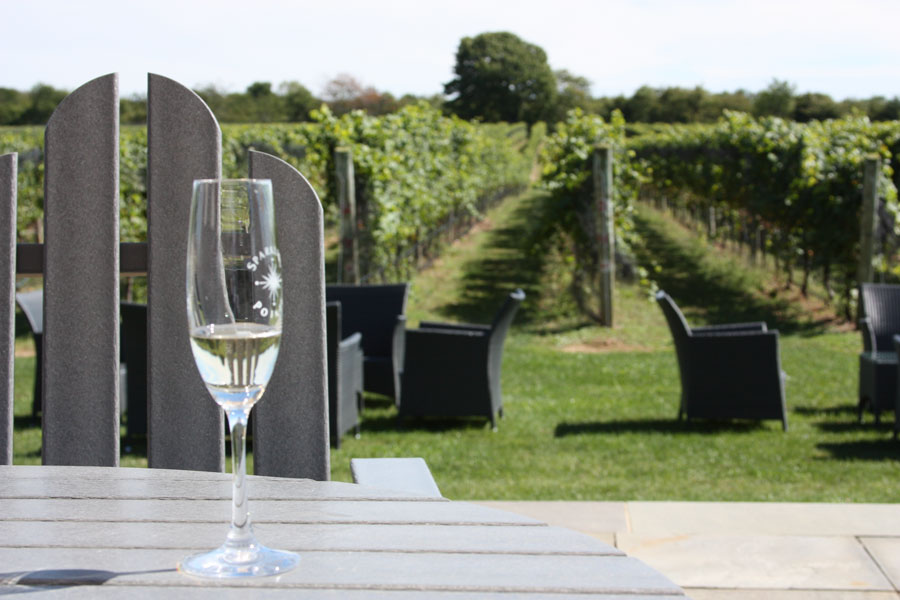
North Fork vs. South Fork: Long Island Wine Country
Long Island’s wine country is divided between two distinct regions – the North Fork and the South Fork – each with its own charm, character, and atmosphere. Together, they form one of New York’s premier destinations for wine enthusiasts, offering everything from rustic, family-run vineyards surrounded by farmland to upscale estates that blend fine wine with the Hamptons’ luxurious lifestyle.
🍇 North Fork: More vineyards, family-run, rustic
🚜 North Fork: Farmland + farm stands
🏖️ South Fork: Beaches + Hamptons scene
💰 South Fork: Higher costs, upscale experience
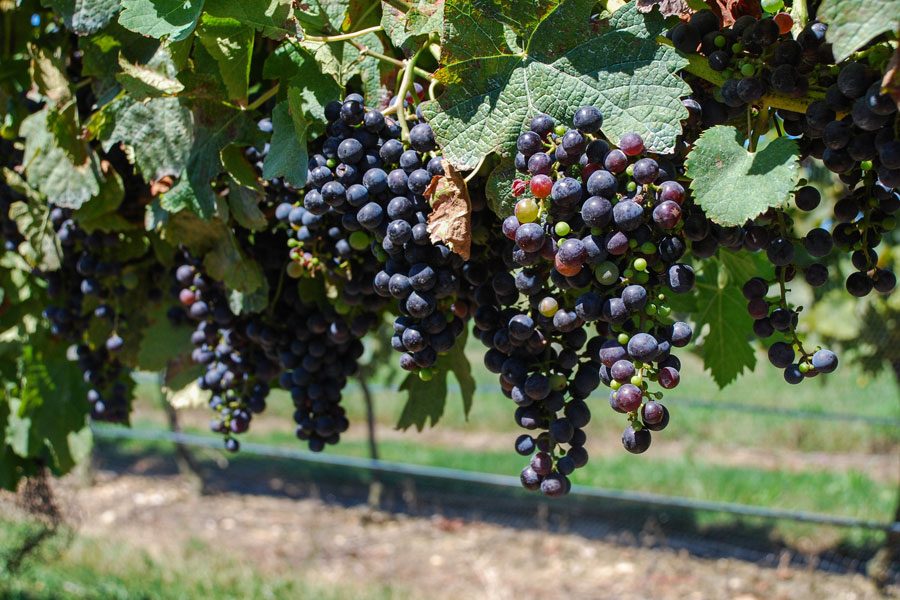
North Fork
The North Fork is the heart of Long Island’s wine industry and home to the majority of the vineyards. Stretching from Riverhead to Orient Point, this region offers more than 40 wineries, ranging from small family-run operations to large estates. The North Fork has a relaxed, rural feel with rolling farmland, open fields, and coastal views along the Long Island Sound and Peconic Bay. Visitors will find plenty of tasting rooms, wine tours, and farm-to-table restaurants, making it easy to spend a full day exploring. This region is especially convenient for day-trippers from New York City, as most vineyards are located within a short drive of each other.
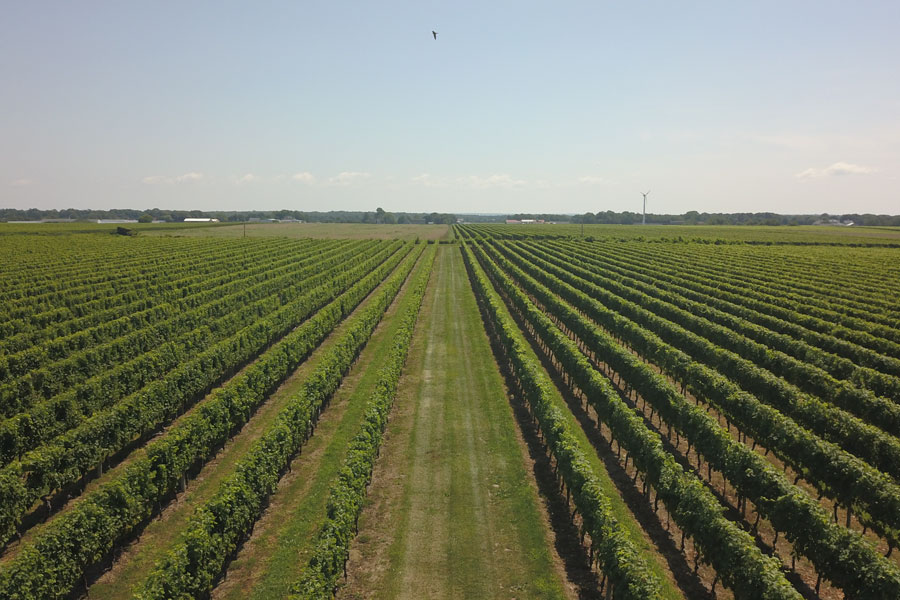
South Fork
The South Fork, best known for the Hamptons and Montauk, also has a handful of established vineyards. While fewer in number compared to the North Fork, these wineries often pair wine tasting with a luxurious setting, upscale dining, and proximity to the Hamptons’ beaches and resorts. The South Fork’s wine experience tends to be more intimate and exclusive, with several wineries focusing on premium vintages and refined tasting rooms. Visitors often combine wine tours here with a day at the beach, shopping in the Hamptons, or exploring Montauk’s seaside charm.
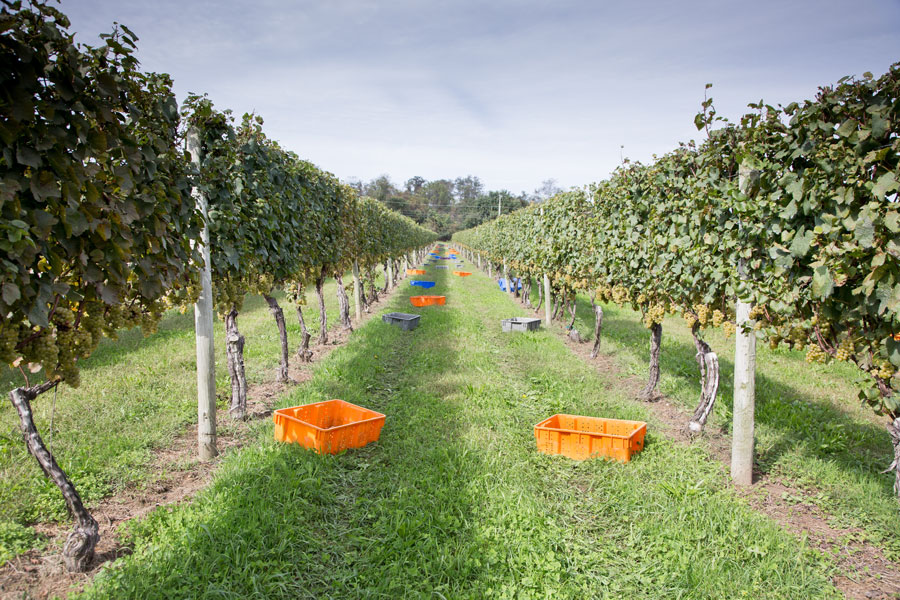
Which is Right for You?
- North Fork: More wineries, relaxed and rustic atmosphere, great for full-day tasting tours.
- South Fork: Fewer wineries, but more upscale and exclusive, often paired with luxury and beachside experiences.
Both regions showcase Long Island’s unique maritime climate, which produces crisp whites, elegant rosés, and increasingly complex reds. Whether you’re planning a laid-back day of vineyard hopping on the North Fork or a stylish escape in the Hamptons on the South Fork, Long Island wine country has something to offer every traveler.
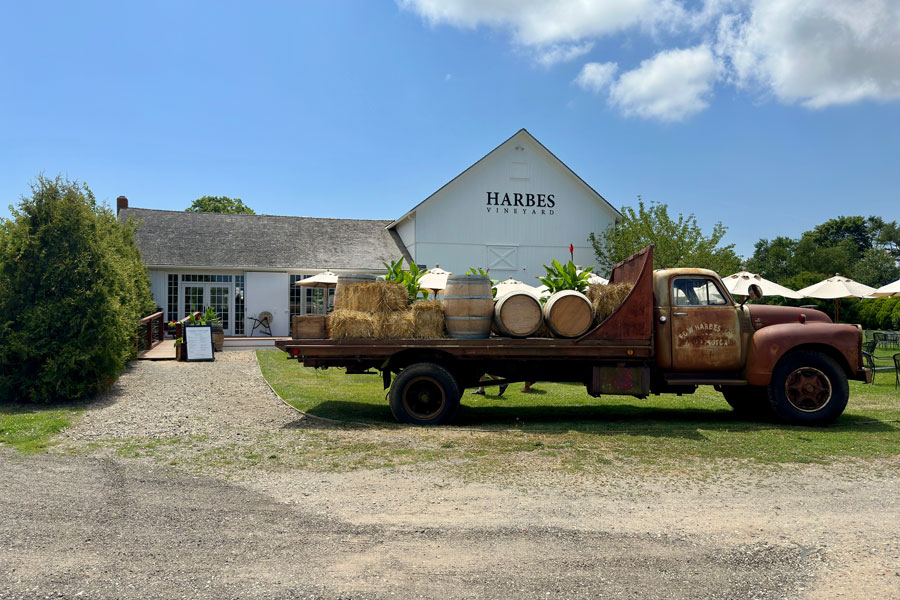
North Fork Wine Tasting Itineraries Route 25 / Sound Ave
Plan a relaxed tasting day along the North Fork. These are sample routes—swap stops as you like.
| Time | Stop | Town | Notes | Booking |
|---|---|---|---|---|
| 10:30 AM | Macari Vineyards | Mattituck | Scenic tasting room; flights with snacks. | Reserve |
| 12:00 PM | Bedell Cellars | Cutchogue | Art-filled barn; known for Merlot/Chardonnay. | Reserve |
| 1:15 PM | Lunch | Cutchogue / Southold | Sandwiches or Greenport sit-down. | — |
| 2:30 PM | Paumanok Vineyards | Aquebogue | Cabernet Franc & Chenin Blanc; deck seating. | Reserve |
| Time | Stop | Town | Notes | Booking |
|---|---|---|---|---|
| 10:30 AM | Raphael | Peconic | Tuscan-style estate; structured tastings. | Reserve |
| 12:00 PM | Sparkling Pointe | Southold | All sparkling house; elegant flights. | Reserve |
| 1:15 PM | Lunch in Greenport | Greenport | Harborfront options; walkable village. | — |
| 2:30 PM | Kontokosta Winery | Greenport | Clifftop lawn with Sound views. | Reserve |
| 3:45 PM | Macari or Lenz | Mattituck / Peconic | Choose based on availability & style. | Lenz |
South Fork Wine Tasting Itineraries Montauk Hwy / Hamptons AVA
Shorter distances, fewer wineries—pair with beach or shopping time.
| Time | Stop | Town | Notes | Booking |
|---|---|---|---|---|
| 11:00 AM | Wölffer Estate Vineyard | Sagaponack | Iconic rosés; terrace tastings. | Reserve |
| 12:30 PM | Lunch | Bridgehampton | Farm-to-table or casual cafés nearby. | — |
| 1:45 PM | Channing Daughters | Bridgehampton | Experimental whites; intimate tastings. | Reserve |
| Time | Stop | Town | Notes | Booking |
|---|---|---|---|---|
| 10:45 AM | Duck Walk Vineyards | Water Mill | Classic pours; easy parking just off 27. | Reserve |
| 12:00 PM | Wölffer Estate Vineyard | Sagaponack | Estate flight; consider cellar tour slots. | Reserve |
| 1:15 PM | Lunch in East Hampton | East Hampton | Reservations recommended in summer. | — |
| 2:45 PM | Channing Daughters | Bridgehampton | Wrap up with a white/rosé flight. | Reserve |
Always confirm hours, policies, and tasting fees. © LongIslandGuide.com — please credit and link back if you share.
Tips for Planning Your Long Island Wine Tour
- Plan Ahead – Many vineyards require or recommend reservations, especially on weekends and during harvest season (fall).
- Designate a Driver – If you’re doing multiple tastings, consider booking a limo, shuttle, or designated driver service. It’s common in wine country.
- Timing Matters – Arrive early in the day for a quieter experience; afternoons tend to get busy, especially in summer and fall.
- North Fork vs. South Fork – If you want to visit several wineries in one day, the North Fork is more compact; the South Fork wineries are more spread out and often paired with Hamptons sightseeing.
- Try Local Pairings – Many wineries feature cheese boards, oysters, or small bites sourced from Long Island farms and waters.
- Dress Comfortably – Vineyards are casual, but outdoor seating and farm-like settings mean comfortable shoes and layers are a good idea.
- Check for Events – Some wineries host live music, food trucks, or seasonal festivals. A quick look at their calendar could enhance your trip.
- Seasonal Differences – Summer and fall are peak seasons with lots of energy; winter visits are quieter and more intimate.
- Bring a Cooler – If you plan on buying bottles (and you will), keep a cooler in your car to protect your wine purchases while hopping from vineyard to vineyard.

